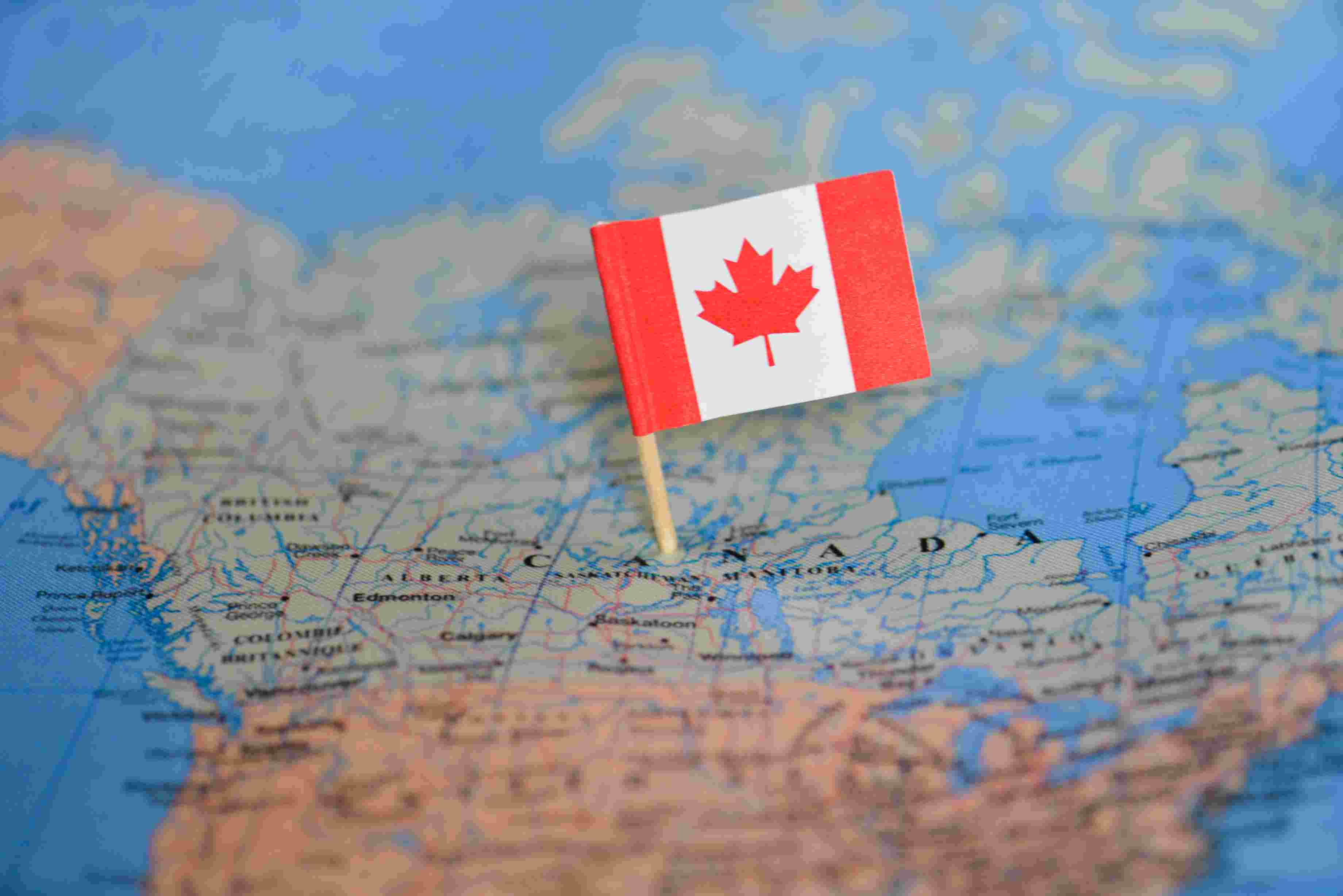
No matter where you called home on May 11, 2021, whether it was a house, an apartment, a university residence, a remote community or a work camp in the North, a military base, a nursing care facility, a rooming house or a prison, the census counted you.
While three-quarters of the households we counted answered 10 simple questions, one-quarter received a longer questionnaire that took approximately 30 minutes to complete.
Thanks to the overwhelming majority of households that responded in 2021 (98%), StatCan is able to provide an accurate and detailed portrait of Canada that will be accessible to all Canadians for free in the months ahead.
Volunteer groups, private and public corporations, health care providers, educators, researchers, and policy makers all depend on census data to better understand and serve Canadians.
That’s why we make every effort to count every Canadian on Census Day and beyond.
For the relatively few households that we were unable to count, we used administrative data to impute non-responding households in areas with low response rates.
One question that arises from time to time is about the place you call home.
For the census, we ask “What is your usual place of residence?”
For most Canadians, that question is relatively straightforward to answer, but for many others, home could be two or more places.
Geographically, Canada is the second-largest country in the world. On any given day, hundreds of thousands of Canadians are living in a place that may not necessarily be their “home,” whether it be for work, study or medical treatment, or simply staying with friends and family in another part of the country for an extended period of time.
The popular saying goes “home is where the heart is,” but, statistically speaking, your “usual place of residence” is the place you consider home, even if you were living elsewhere in Canada when you or someone in your household filled out the census questionnaire. This question may be particularly challenging for Indigenous people given that they may always consider their ancestral lands “home” even if they have not lived there for years.
The next time we count Canadians, four years from now, some of those hundreds of thousands of “migrant” Canadians will be back at their “usual place of residence,” some will still be living away from “home,” while others will be calling new places “home.” The same can be said of Indigenous people who temporarily live in a larger city for school or for health services.
Millions of Canadians wrote down a new “usual place of residence” in their 2021 Census questionnaire. First results will be announced on February 9, 2022.
Contact information
For more information, contact the Statistical Information Service (toll-free 1-800-263-1136; 514-283-8300; infostats@statcan.gc.ca) or Media Relations (statcan.mediahotline-ligneinfomedias.statcan@statcan.gc.ca).
